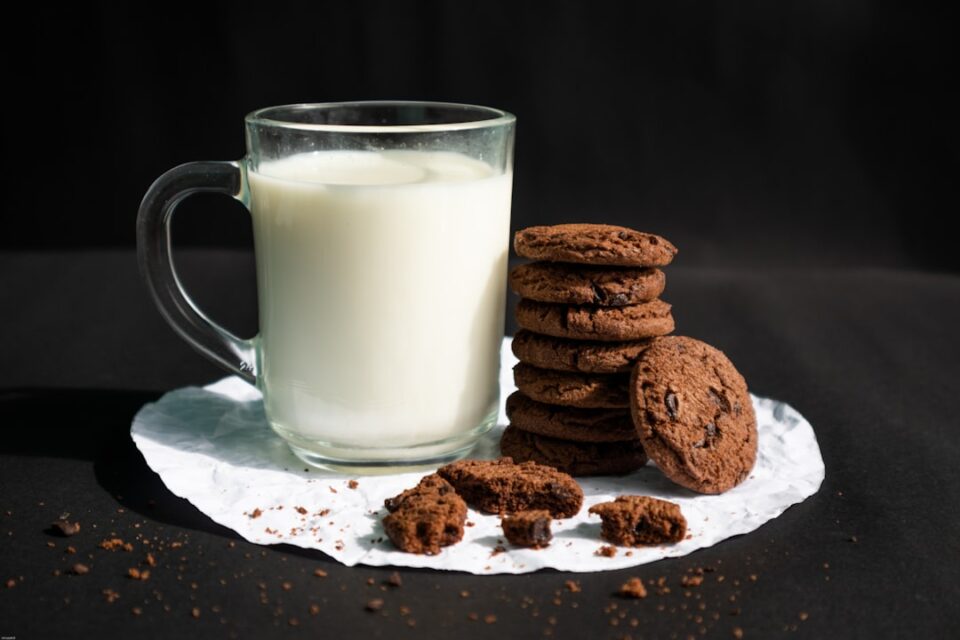Food photography has become extremely popular in recent years, with the rise of food blogs and social media platforms like Instagram. But capturing mouth-watering shots of your culinary creations is not as easy as it looks. It requires a keen eye for composition, an understanding of lighting, and the ability to showcase the deliciousness of the food in the photograph. In this blog post, we will explore the art of food photography and share some tips on how to capture those drool-worthy shots.
1. Set the Stage:
Before you start snapping away, take some time to set up your photo shoot. Choose a clean and clutter-free background that complements the colors and textures of the food. A simple white or wooden backdrop can work wonders. Use props like tableware, napkins, and utensils to add depth and interest to the shot. Experiment with different angles and compositions to find what works best for the particular dish you are photographing.
2. Lighting is Key:
One of the most crucial aspects of food photography is lighting. Natural light is generally the best option for capturing mouth-watering shots. Position your setup near a window or outdoors, and avoid using artificial overhead lights, as they can create unflattering shadows and harsh highlights. If you find that the natural light is too harsh, you can diffuse it with a sheer curtain or piece of white fabric. Alternatively, you can invest in a photography lighting kit, which will give you more control over the lighting conditions.
3. Style the Food:
Presentation is everything when it comes to food photography. Take the time to style the food in an appealing way. Use garnishes, sauces, and props to make the dish look even more enticing. Ensure that the dish is plated neatly and that the food is arranged in an aesthetically pleasing manner. Experiment with different serving sizes and compositions to find what works best for your subject.
4. Play with Depth of Field:
Depth of field refers to the amount of the image that appears in focus. Utilizing a shallow depth of field can create a beautiful and dreamy effect, drawing attention to the main subject while blurring the background. This technique is particularly effective for highlighting the textures and details of the food. To achieve a shallow depth of field, use a wide aperture (low f-stop number) on your camera. If you’re using a smartphone, most camera apps have a “portrait mode” that automatically creates a shallow depth of field.
5. Consider Different Perspectives:
Another way to make your food photography stand out is to experiment with different perspectives. Instead of always shooting from a bird’s-eye view, try shooting from different angles and heights. Get down to the level of the plate or bowl and capture the food from eye level. This will give the viewer a more intimate and immersive experience. You can also try shooting from a 45-degree angle or even a straight-on perspective for a more dynamic and unique shot.
6. Editing is Important:
After you’ve captured your images, it’s time to give them some post-production love. Editing can help enhance the colors, contrast, and details of the photo, giving it that extra “wow” factor. There are countless photo editing software and apps available, ranging from beginner-friendly options like Adobe Lightroom and VSCO to more advanced tools like Photoshop. Experiment with different editing techniques and presets to find the style that works best for you.
7. Tell a Story:
A great food photograph should evoke emotions and tell a story. Think about the story you want to convey with your photo and how you can make it more engaging. Include elements like hands reaching for food, a spilled ingredient, or steam rising from a dish. These details add a sense of movement and human connection to the photograph, making it more relatable and enticing.
In conclusion, food photography is an art form that requires skill, experimentation, and attention to detail. By setting the stage, utilizing proper lighting, styling the food, playing with depth of field, considering different perspectives, editing your images, and telling a story, you can capture delicious shots that will leave your audience drooling and craving for more. So grab your camera (or smartphone) and start exploring the art of food photography!

